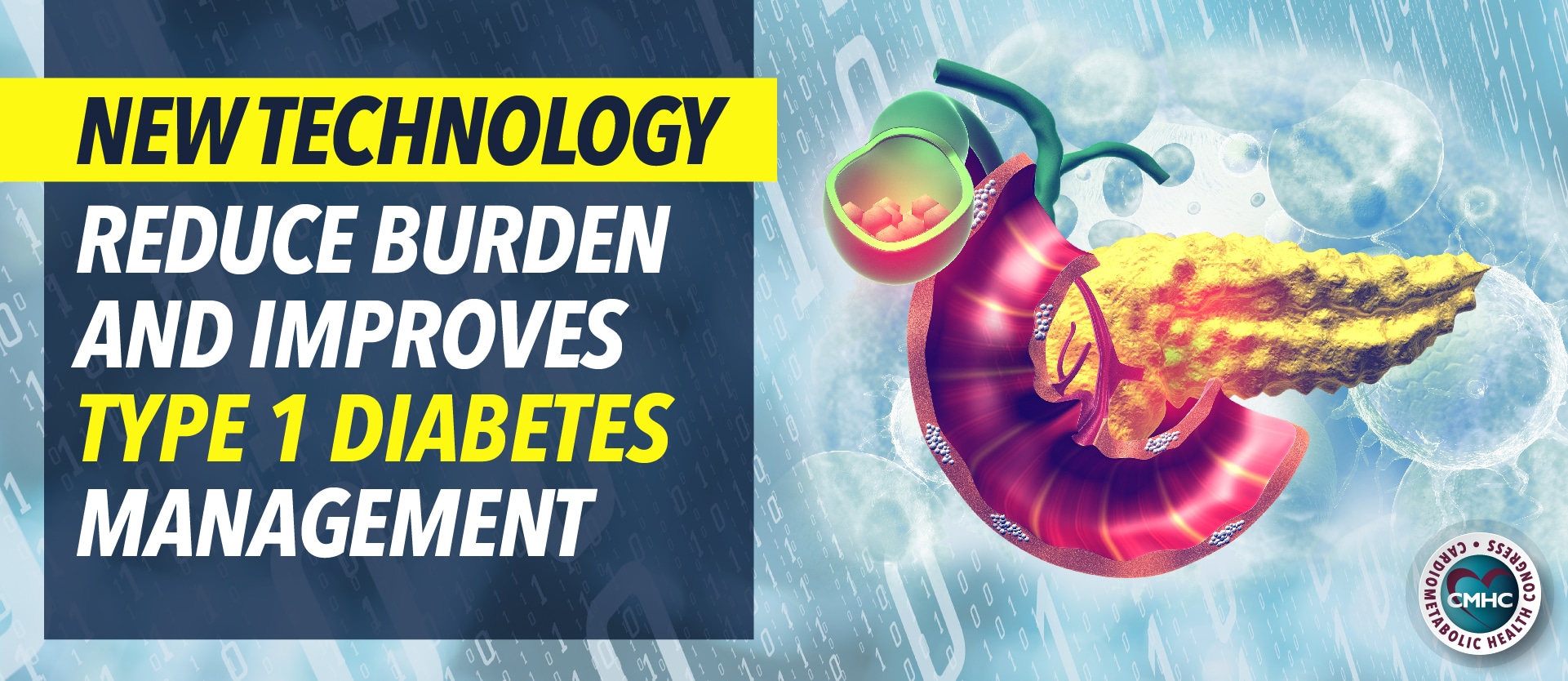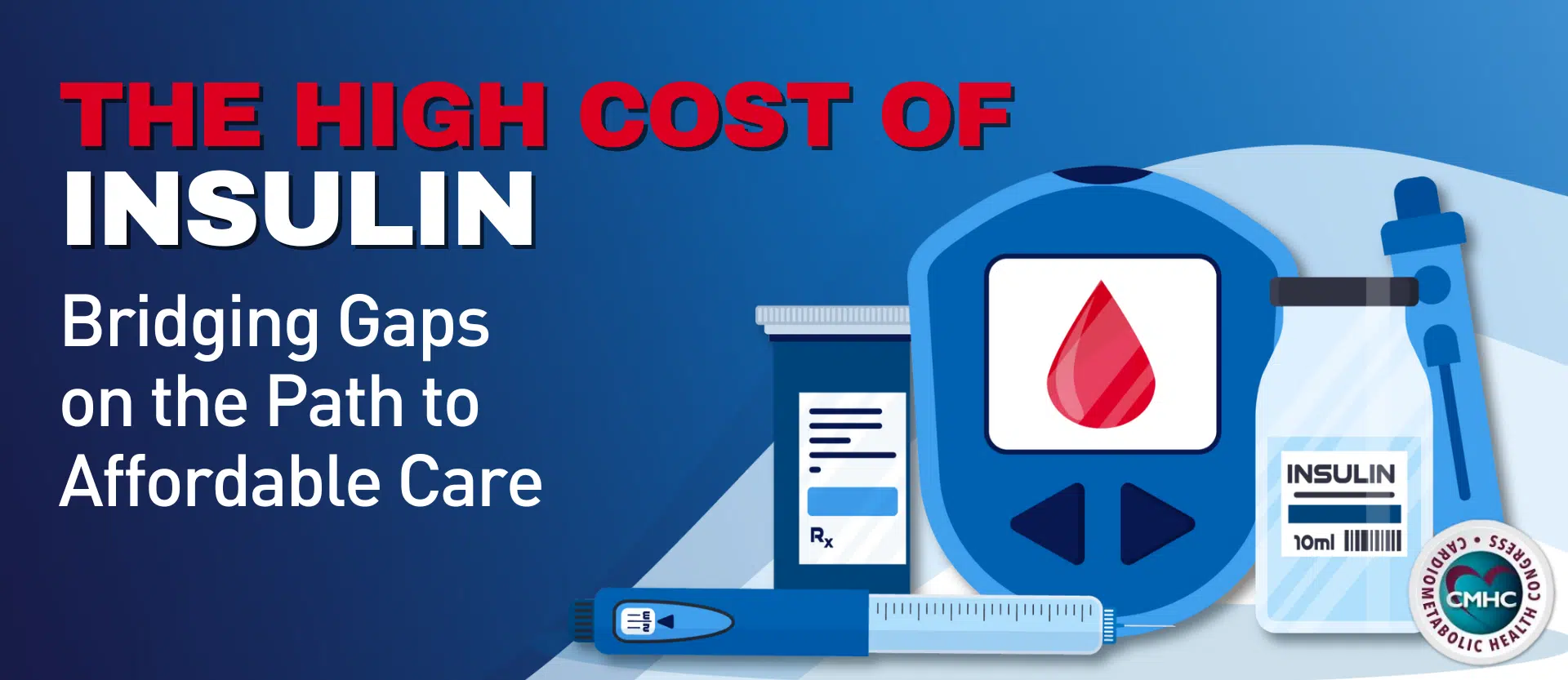Although significantly less prevalent than type 2 diabetes, type 1 affects over 1 million children and adults in the United States – or about 5% of the diabetes population. Individuals with type 1 diabetes must monitor their blood sugar levels continuously to ensure they do not drop or grow to dangerous measures. Conventional monitoring methods require patients to prick their fingers several times daily or wear a glucose monitor, however, a new form of technology may help replace traditional strategies while improving glycemic outcomes.
A recent study published in the New England Journal of Medicine evaluated the efficacy of closed-loop systems that automate insulin delivery and their effects on glucose control in patients with type 1 diabetes. The authors of the paper investigated the use of a novel artificial pancreas that continuously monitors and regulates blood glucose levels by releasing the hormone into the body when insulin levels are low. The closed-loop control, called the Control-IQ system, utilizes algorithms to automatically adjust insulin doses throughout the day without the need for blood drawing or patient involvement.
Closed-Loop Control for Type 1 Diabetes
Researchers conducted a 6-month randomized, multi-center trial of 168 individuals with type 1 diabetes. Participants were assigned to receive treatment either with the closed-loop system or a sensor-augmented pump (as part of the control group). Over 100 subjects were assigned to the Control-IQ system to measure the primary outcome – the percentage of time that blood glucose levels were within the target range of 70 to 180 mg per deciliter. Participants were between 14 and 71 years old with a glycated hemoglobin level between 5.4 and 10.6%. The researchers did not monitor the glucose systems remotely as they wanted to replicate real-life conditions.
Continuous Blood Glucose Control
At the end of the trial, the team found that the mean percentage of time that glucose levels were within the target range had increased within the closed-loop cohort. Participants in this group were in the target range for an average of 2.6 hours longer per day, meanwhile, those who used the sensor-augmented pump experienced no change during the trial. Furthermore, the percentage of time that glucose levels were under 180 mg per deciliter, mean glucose level, and other secondary outcomes all favored the closed-loop system.
The median percentage of time that the system was in closed-loop mode was 90% over the course of 6 months. No serious hypoglycemic events were reported in either cohort although, one episode of diabetic ketoacidosis occurred in the closed-loop group due to an equipment issue. None of the cohorts experienced severe hypoglycemia during the study.
Most notably, the closed-loop system not only improved participants’ blood glucose control throughout the day, but it also controlled levels overnight – a vital development for patients who experience glycemic drops throughout the night.
As the study’s findings reveal, the use of a closed-loop system can significantly improve the number of time patients remain in the target glycemic range compared with the use of a sensor-augmented insulin pump. By automating the insulin delivery process, the new technology has the potential to both improve the health of type 1 diabetes patients and alleviate some of the burdens of managing the condition. According to experts, this could result in a reduction in diabetes complications, including eye, nerve, and kidney diseases. Director of the UVA Center for Diabetes Technology, Boris Kovatchev, PhD, told Medical News Today that the technology’s glucose control abilities go “beyond what is achievable using traditional methods,” indicating a tremendous potential to improve diabetes management.
The study is part of a larger research initiative – the International Diabetes Closed-Loop (iDCL) Study – which focuses on testing various artificial pancreas systems to assess their safety, efficacy, and user-friendliness, among other factors. Meanwhile, the research team has submitted the results of the trial to the FDA and is awaiting a final decision on market approval of the novel technology.


















